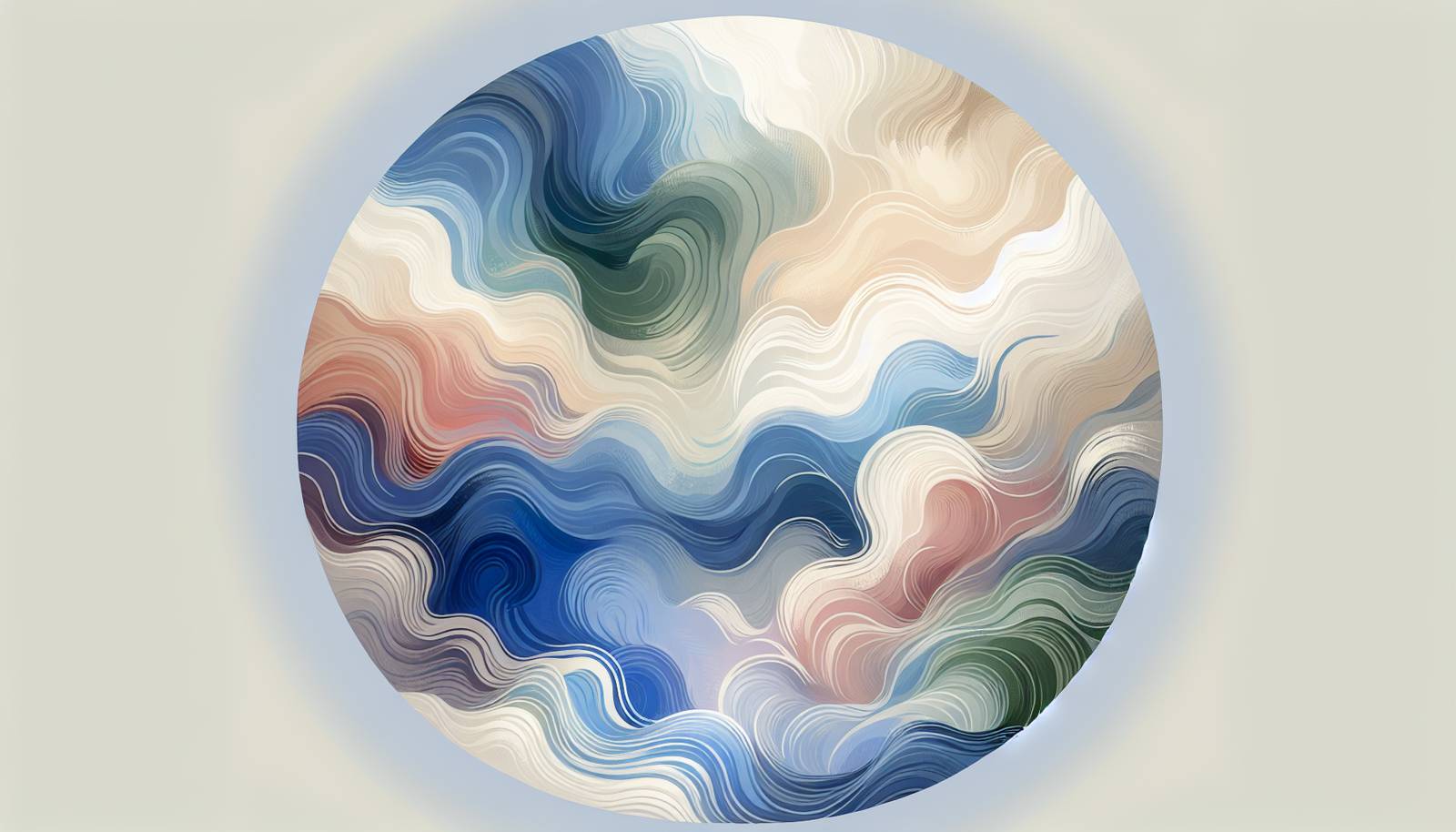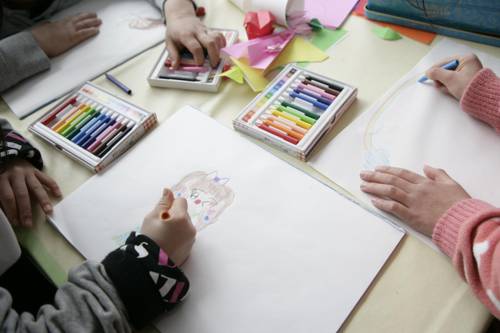
FAQ About The Influence of Art Therapy on Emotional Expression

What is art therapy?
Art therapy is a form of psychotherapy that uses the process of creating art to improve a person’s physical, mental, and emotional well-being. It provides a means of non-verbal expression that can help people explore their feelings, cope with emotional conflicts, reduce anxiety, and improve self-esteem.

How does art therapy facilitate emotional expression?
Art therapy facilitates emotional expression by providing individuals with a safe and creative outlet to express feelings they might find difficult to verbalize. The process of creating art can help unlock emotions and lead to a deeper understanding of one's thoughts and experiences.

Can art therapy be effective across different cultures?
Yes, art therapy can be effective across different cultures because it focuses on the universal language of art, which transcends cultural and language barriers. Therapists can tailor techniques to respect cultural backgrounds and traditions, making it a versatile tool for emotional healing worldwide.

Who can benefit from art therapy?
Art therapy can benefit a wide range of individuals, including those experiencing stress, anxiety, depression, trauma, and other mental health issues. It is suitable for all ages, from children to the elderly, and is particularly helpful for people who may struggle to express emotions through words alone.

What are some common techniques used in art therapy?
Common techniques in art therapy include painting, drawing, sculpting, and collage-making. Other activities might involve photography, digital art, or any creative process that helps individuals express themselves. Techniques are chosen based on a client's preferences and therapy goals.

Does one need to be an artist to participate in art therapy?
No, one does not need to be an artist to participate in art therapy. The focus is on the process of creation and expression rather than the aesthetic value of the artwork. Anyone can engage in art therapy regardless of their artistic skills or experience.

What role does an art therapist play?
An art therapist facilitates the process of art-making and supports individuals in exploring their emotions through their artwork. They provide guidance, interpret symbols and themes in the art, and help clients gain insights into their emotional and psychological states.

How does art therapy contribute to self-discovery?
Art therapy contributes to self-discovery by encouraging individuals to explore their inner world and express their personal truths through art. The creative process can reveal hidden aspects of a person's identity, leading to greater self-awareness and deeper personal insights.

Is art therapy used in hospitals and clinical settings?
Yes, art therapy is widely used in hospitals and clinical settings to support patients dealing with trauma, chronic illness, and mental health disorders. It complements traditional treatments by providing emotional relief and enhancing the overall therapeutic process.

How does art therapy help with trauma recovery?
Art therapy helps with trauma recovery by allowing individuals to express and process traumatic experiences in a safe and controlled environment. The creative process can help externalize feelings and facilitate healing by making sense of overwhelming emotions and memories.

What scientific evidence supports the effectiveness of art therapy?
Scientific studies have shown that art therapy can reduce symptoms of depression, anxiety, and PTSD. Research also indicates that it can improve emotional resilience and enhance overall well-being. More studies are being conducted to further substantiate its therapeutic benefits.

How is art therapy different from other forms of therapy?
Art therapy differs from other forms of therapy as it focuses on non-verbal communication through the creative process. Unlike talk therapies, it engages with the subconscious and can tap into experiences that may be difficult to reach through words alone.

Can art therapy be integrated with other therapeutic approaches?
Yes, art therapy can be integrated with other therapeutic approaches such as cognitive-behavioral therapy (CBT), psychoanalysis, and mindfulness practices. This integration can enhance the therapeutic experience by combining verbal and non-verbal techniques for comprehensive treatment.

How is progress measured in art therapy sessions?
Progress in art therapy is often measured through observations of changes in the client's emotional state, behavior, and self-awareness over time. Therapists may also look at changes in the themes, colors, and symbols in the client's artwork as indicators of emotional and psychological progress.

What are the goals of art therapy?
The goals of art therapy include facilitating emotional release, enhancing self-awareness, improving emotional resilience, and providing a means of self-expression. It aims to help individuals work through emotional conflicts and foster personal growth and healing.

How can art therapy improve mental health?
Art therapy improves mental health by reducing stress and anxiety, improving mood, and providing a safe space to explore and express complex emotions. It can help individuals develop coping skills and resilience, contributing to improved overall mental well-being.

Is art therapy covered by insurance?
Coverage for art therapy varies depending on the insurance provider and plan. Some insurance plans may cover art therapy as part of mental health services, while others may not. It's advisable to check with your insurance provider for specific coverage details.

What qualifications do art therapists need?
Art therapists typically need a master's degree in art therapy or a related field. They are also required to complete supervised clinical internships and obtain certification or licensure, which varies depending on the country or region.

Can art therapy help with anxiety and depression?
Yes, art therapy can be an effective way to manage anxiety and depression. It can provide relief by giving individuals a channel to express and deal with overwhelming emotions, enhance self-understanding, and promote relaxation and mindfulness.

How do children benefit from art therapy?
Children benefit from art therapy as it allows them to express feelings they may not understand or articulate. It provides a safe and playful environment where they can explore emotions and build self-esteem, often leading to better emotional regulation and social skills.
